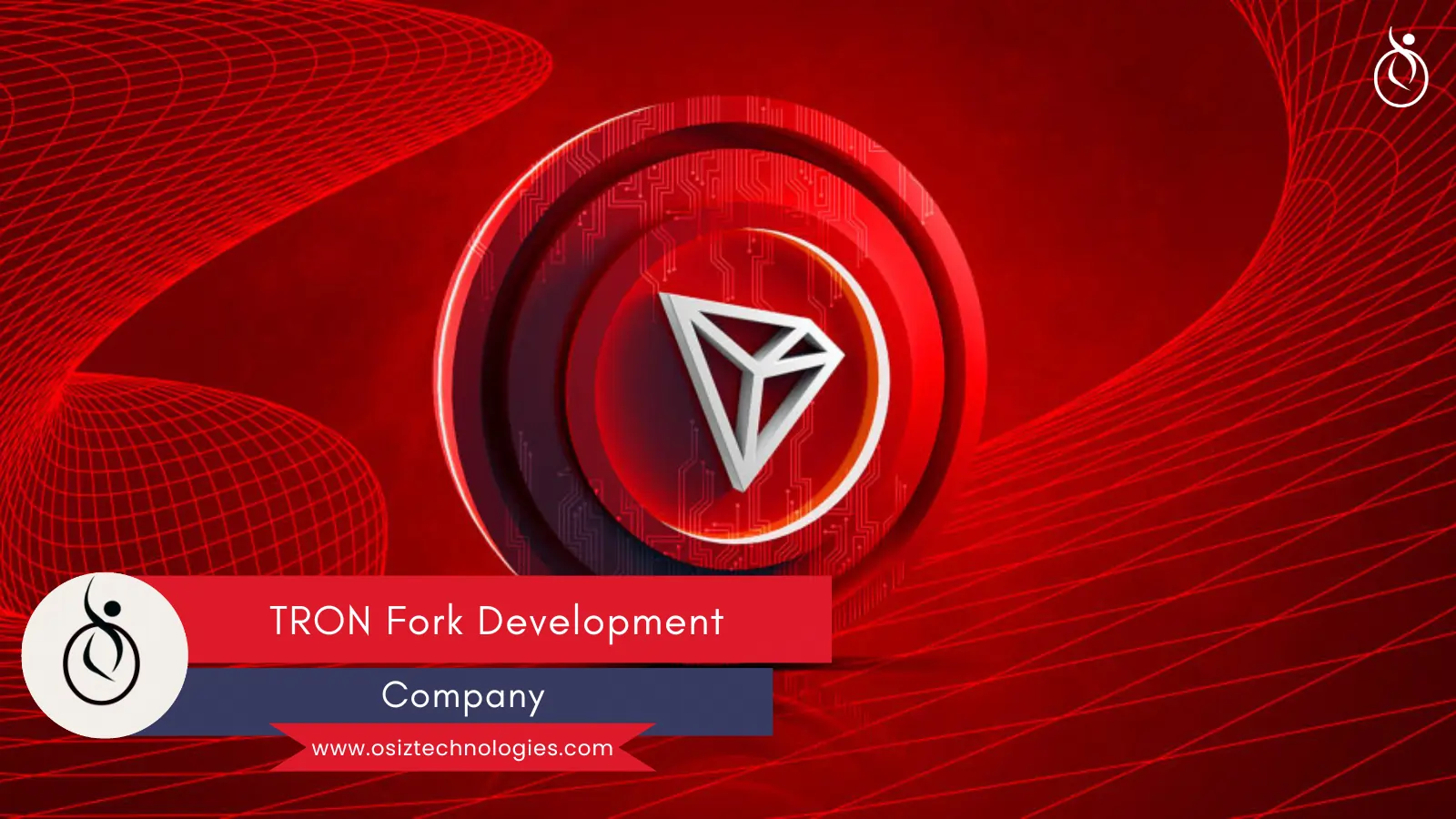What is NFT?
Non-fungible tokens (NFTs) are non-fungible tokens that are created using the same type of programming as cryptocurrencies. These cryptographic assets are built on blockchain technology, to put it simply. Like Bitcoin or Ethereum, for example. Because of its unique features, the word NFT plainly indicates that it cannot be substituted or interchanged. Physical currency and cryptocurrency are both fungible, meaning they can be sold or exchanged for one another.
How does NFT work?
The bulk of NFTs are stored on the Ethereum blockchain, which is a distributed public ledger that keeps track of transactions.
NFTs are individual tokens that contain vital information.
They can be purchased and sold like other physical pieces of art because their worth is mostly determined by market and demand.
The unique data on NFTs makes it simple to verify and validate their ownership as well as token transfers between owners.
What are the types of NFT Scams?
Rug pull scam:
A rug pull is a scam in which a project's promoters hype it up on social media, then suddenly cease supporting it and grab their investors' money after the price has risen. As an outcome, the NFT's price plummets to zero, resulting in a loss for investors. A variant occurs when the developers of an NFT disable the ability to sell the token, preventing purchasers from doing so because the developers have added code that disables this ability.
Airdrop scams:
Scammers utilize social media to spread the word about NFT freebies. For spreading the news to friends or signing up on their websites, the campaigns usually include a free NFT. When it comes time to collect the reward, the scammers request cryptocurrency wallet details in order to transmit the NFT, but they instead get access to the account and take any money or NFTs in the wallet.
Bidding Scams:
Bidding fraud occurs when investors attempt to resell their purchased NFTs on the secondary market. Bidders may exchange your preferred currency with low-valued cryptocurrencies without alerting you after they offer their NFT for sale in an NFT market, resulting in potential losses for you.
Counterfeit NFT:
It's crucial to understand that possessing a piece of artwork's intellectual property (IP) is not the same as having it minted as an NFT. Anyone can turn any photo or image into an NFT using OpenSea's user-friendly software, regardless of whether or not they possess the IP rights. Scammers and unethical actors might simply take an artist's work and use it to create a fake OpenSea account to sell counterfeit artwork.
Pump and dump scams:
Pump-and-dump tactics are when a group buys up NFTs in order to artificially increase demand. Unwitting investors who believe the NFTs have some value will enter the auction and begin bidding higher. Scammers will sell the NFTs for a profit once the bids rise, leaving buyers with useless assets.
Phishing scam:
Phishing is a type of fraudulent social engineering assault that seeks to deceive you into disclosing sensitive information such as usernames, passwords, credit card details, and even social security numbers. They're looking for any information that may allow them to impersonate you or acquire access to your cryptocurrency accounts.
Social media accounts scam:
Users of social media, whether on Twitter or another platform, must be continually mindful of potential fake personas. To persuade customers to acquire fraudulent NFTs, cybercriminals build online social media personas. They make their fake websites appear authentic by using social media. Simultaneously, bots that push users to respond to messages or tech support scammers utilize social media to communicate with people and request information that could grant them access to cryptocurrency wallets.
Investor Scams:
When selling or buying NFTs, investors remain anonymous, making investment scams easier to perpetrate. Threat actors build a seemingly desirable project to invest in with investment fraud. They vanish without a trace after receiving money.
Ways to guard yourself against NFT frauds:
Here are some strategies to keep you safe and prevent from scams,
Never click links in emails:
Visit the website the email purports to originate from using your browser. Verify the URL once more. Consider whether this email makes sense. Did you actually attempt to get into one of your accounts and fail? Or did you receive this email requesting you to change your password out of the blue?
Activate additional security measures:
Choose to use extra security protections if your wallet or exchange platform supports them. When you try to log in, you can enable 2-step verifications, which can send email or text codes to your inbox or phone. Enable biometrics that utilizes your fingerprint to open the app if you trade using apps on your phone.
Stay cautious:
Just assume that everyone is attempting to deceive you on social media. When participating in direct messages, comment sections, or discussion forums, be crucial. Never give someone your money, coins, or crypto credentials. For each of your accounts, create unique emails and secure passwords.
Cross-check NFT prices:
Before purchasing an NFT, compare prices on trading sites such as Axie Marketplace, Mintable, or OpenSea. It's most likely a fraud if the price appears to be substantially cheaper or greater than those on these legitimate trading platforms.
Make strong passwords:
For NFT accounts and bitcoin wallets, make sure you use strong passwords. Another option to keep NFTs secure is to use two-factor authentication. It is more difficult for someone to steal an identity when facial recognition or fingerprints are used.
Make use of well-known NFT exchange markets:
Offers that appear to be too good to be true should be avoided at all costs. New marketplaces are springing up all over the place, with only rudimentary security. Stick to well-known exchange platforms like OpenSea, Rarible, Mintable, Foundation, MakersPlace, and Axie Marketplace.
Conclusion:
The truth is that things are rarely simple, and you actually need to go into the project's basics to determine whether it is authentic or not. This is true even though we have highlighted the most popular aspects to look at.
However, keep in mind that you should take some time to browse our page. You may get a plethora of information on the subjects that interest you right here.
With that being stated, thank you for reading, and best of luck to you in all of your future cryptocurrency endeavors!
Listen To The Article
Recent Blogs

Halloween 15-30%
Offer
.png)











